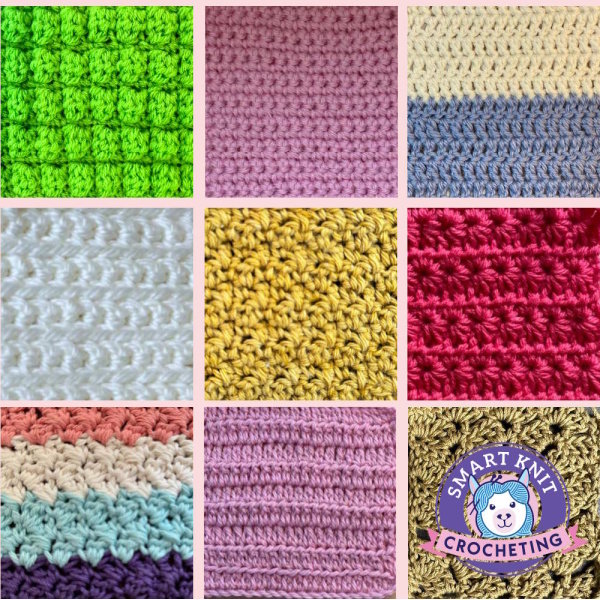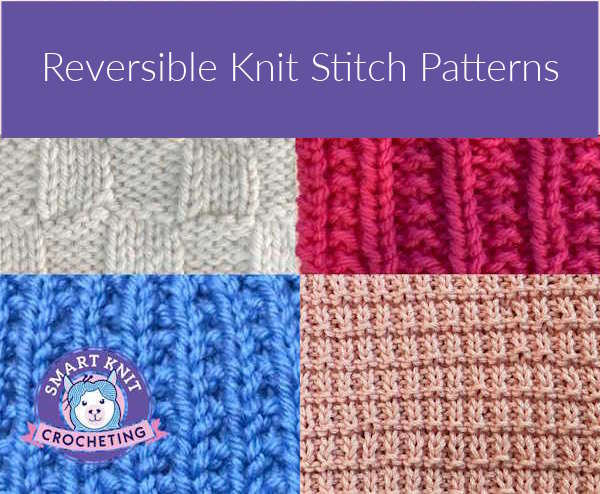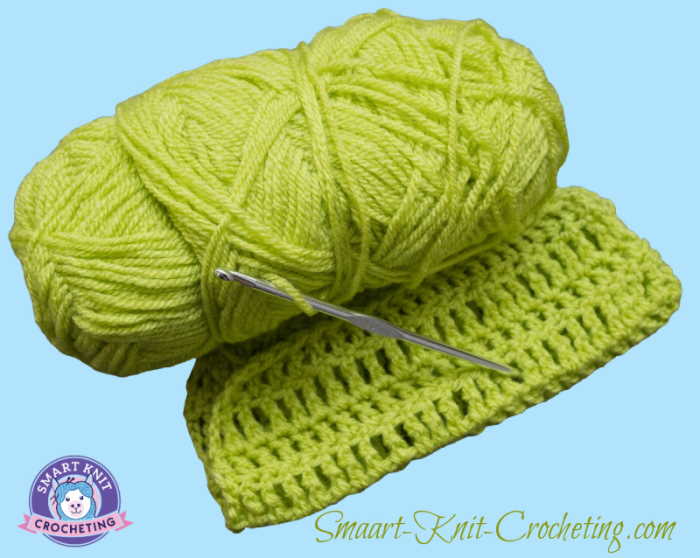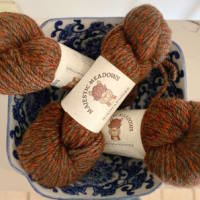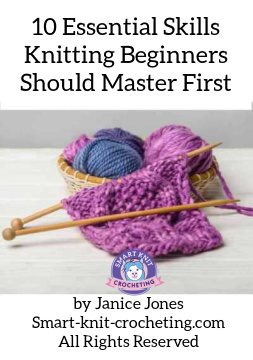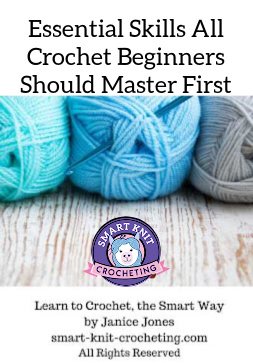- Home
- Ombre Yarn
What is Ombre Yarn? How to Use It in Your Knitting and Crochet
Ombré yarn has become increasingly popular among knitters and crocheters looking to add a unique, eye-catching effect to their projects.
The term "ombré" comes from the French word meaning "shaded," it refers to a gradual color transition from light to dark or from one color to another. In this article I will explore ombré yarn and how to incorporate it into your knitting and crochet projects.
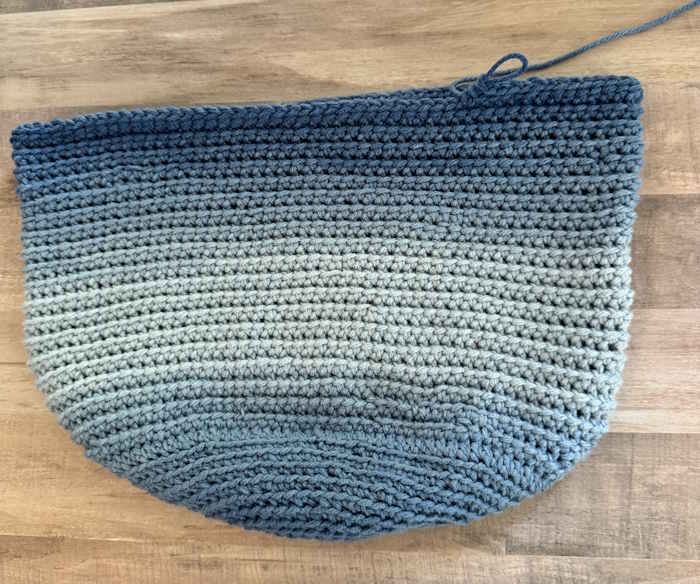
Understanding Ombré Yarn
Ombré yarn is a type of yarn that features a gradual color change along its length.
The color transition can be subtle or dramatic, depending on the yarn and the colors used. To achieve the desired effect, ombré yarn can be dyed using various techniques, such as space dyeing or gradient dyeing.
Ombré yarns are available in various fibers, including wool, cotton, acrylic, and silk blends. They can also be found in different weights, from fine lace-weight to chunky, making them suitable for various projects.
Using Ombré Yarn in Knitting and Crochet Projects
You can use Ombré yarn in many different projects.
- Shawls and Scarves: Ombré yarn is perfect for creating stunning shawls and scarves. The gradual color change adds depth and interest to the finished piece, making it a statement accessory.
- Sweaters and Cardigans: Use Ombré yarn to knit or crochet a sweater or cardigan with a unique color gradient. The color transition can run vertically from the hem to the neckline or horizontally across the body and sleeves.
- Blankets and Afghans: Use ombre yarn to create a visually striking blanket or Afghan. The color changes will add a sense of movement and depth to the finished piece.
- Accessories: Ombre yarn can make eye-catching accessories like hats, mittens, and socks. The color transition will add a fun and modern twist to these classic items.
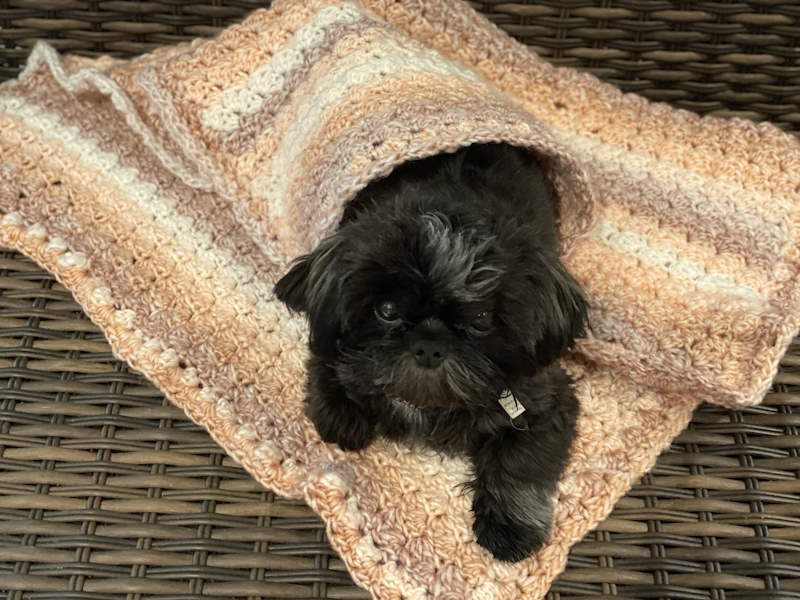
You can get this free pattern for this Crochet Sedge Stitch Pet blanket here on this site.
What I Love about Ombré Yarn
There's lots to love about this type of yarn.
- If you are not sure about color changes or hate the thought of making them, this yarn is for you. Not only will it provide different shades of a color that blend well, but you don't need to know advanced methods for making them.
- Ombré yarn comes in different weights and fiber types so find a yarn for your project is not difficult
What I Don't Like About Ombré Yarn
Like most things in life, there are downsides to using this yarn. My biggest complaint is with color pooling, but there are other issues that can be annoying too. Here are some problems or issues that can occur when knitting or crocheting with ombré yarn.
Color Pooling
Ombre yarn may sometimes "pool" or create unintended color patterns when worked in specific stitch patterns. To minimize pooling:
- Try adjusting your tension by using a different needle or hook size.
- Change the stitch pattern to one that breaks up the color repeats, such as a textured or lace pattern.
- Alternate between two balls of yarn, working a few rows from each ball to break up the color sequence.
Abrupt Color Changes
Some ombre yarns may have more abrupt color changes, which can be visually jarring in the finished project.
To create a smoother transition:
- Choose ombre yarns with longer color transitions for a more gradual effect.
- Work the project in a larger scale, such as a blanket or shawl, to allow more space for the color changes to occur.
Limited Color Control
When using ombre yarn, you have less control over the placement of colors in your project. To work around this:
- Choose a project that embraces the random nature of the color changes, such as a scarf or shawl.
- If you need more control over color placement, consider using multiple solid-colored yarns and creating your own gradient effect.
Dye-lot Variations
Like other hand-dyed yarns, ombre yarns may have slight variations between dye lots. To ensure consistency:
- Buy enough yarn from the same dye lot to complete your project.
- If you need to mix dye lots, alternate between them every few rows to blend the colors more evenly.
Difficulty in Matching Gauge
The color changes in ombre yarn can make it harder to achieve a consistent gauge. To address this:
- Work a larger swatch to get a more accurate gauge measurement.
- Be prepared to adjust your needle or hook size to achieve the correct gauge.
- If you are having problems seeing the stitches, take your project outdoors in natural light.
Joining new skeins
When joining a new skein of ombre yarn, the color may not match up perfectly with the previous skein. To minimize the visual impact:
- Join the new skein at a color change or transition point.
- Use a felted join or Russian join to blend the ends of the old and new skeins.
Tips for Working with Ombré Yarn
1. Swatch first: Always create a swatch before starting your project to see how the color transition works in your chosen stitch pattern. This may not always work if you are making a large project. The swatch will not demonstrate how the colors will fall.
2. Choose the correct stitch pattern: Simple stitch patterns, such as stockinette, garter, or basic crochet stitches, often work best with ombre yarn as they allow the color changes to take center stage.
3. Be mindful of color pooling: Some ombre yarns may "pool" or create unintended color patterns when worked in specific stitch patterns. If this happens, try adjusting your tension or changing the stitch pattern.
4. Embrace the color changes: Let the ombre yarn work for you by embracing the color transitions. Avoid cutting the yarn to rearrange colors, which may disrupt the intended gradient effect.
Ombré Yarn Suggestions
Lion Brand Yarn Mandala Ombré Yarn
- Weight 5.28 ounces
- Length 344 Yards
- 100% Acrylic
- CYC #4 Worsted Weight
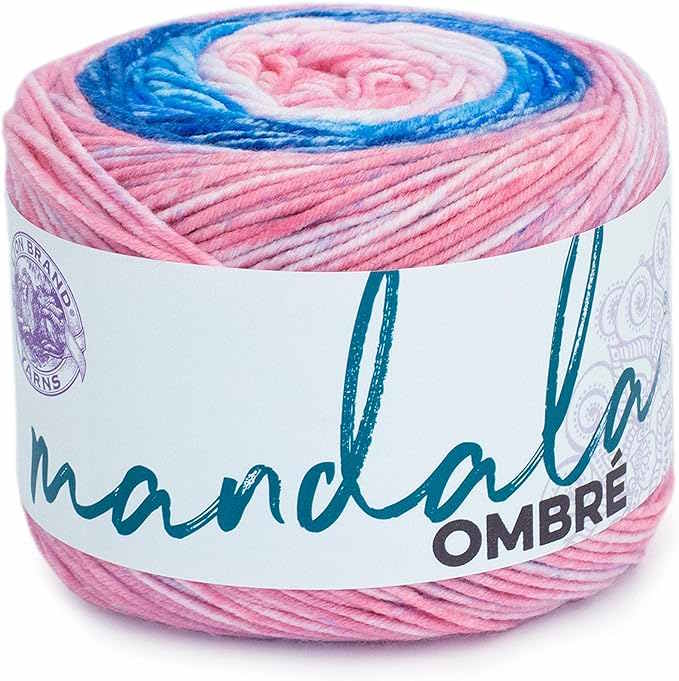 I used this yarn for my crochet bag.
I used this yarn for my crochet bag.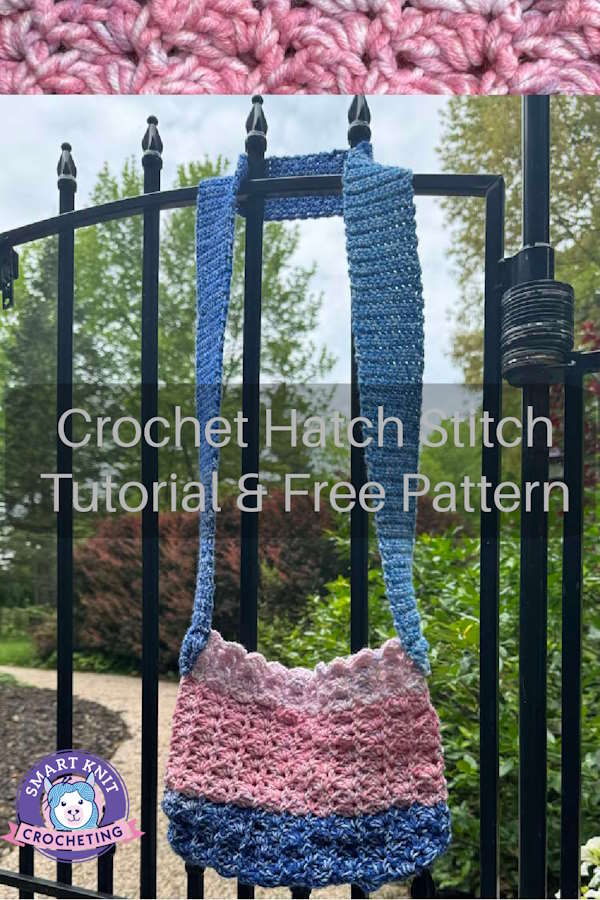
Follow this link for my free crochet bag.
Caron Simply Soft Grape Purple Ombre Yarn
- 100% Acrylic
- CYC #4 Worsted Weight
- 141 g / 5 oz
- 215 meters / 235 yards
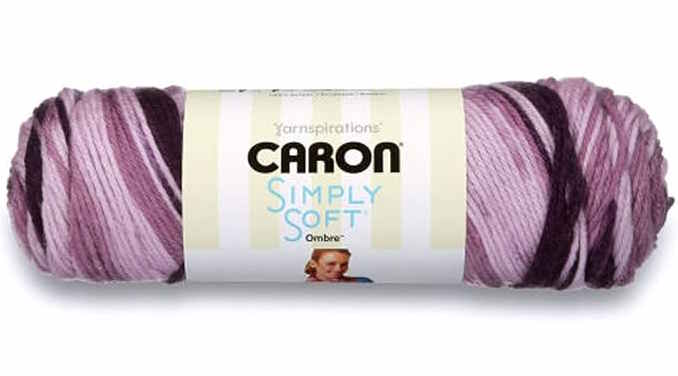
Red Heart Super Saver Jumbo True Blue Ombre Yarn
- 100% Acrylic
- CYC #4 Worsted Weight
- 482 yards/440 m
- 283g/10oz
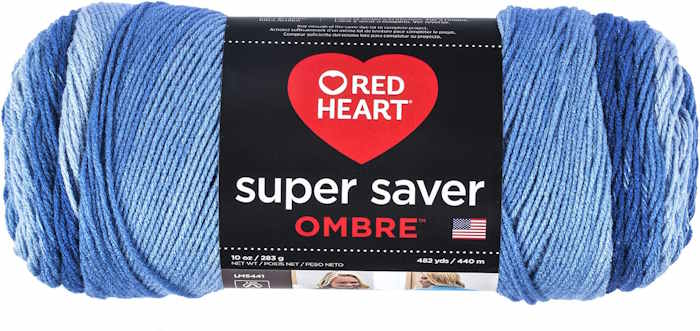
Lily Sugar'n Cream Super Size Ombres Yarn
- CYC #4 Worsted Weight
- 100% cotton yarn
- 3 oz/85 g
- 150 yds/138 m
Lion Brand Yarn Mandala String Yarn
- CYC #1 yarn Superfine/Fingering
- 100% Acrylic
- 3.5 oz/ 100 g
- 350yd/320m
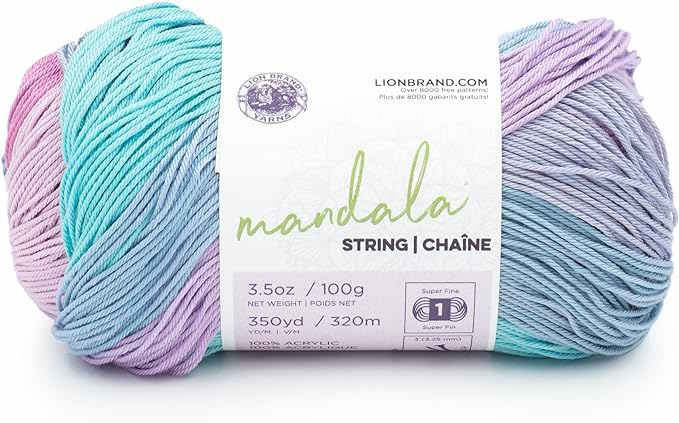
Bernat Blanket Ombre Ocean Teal Ombre Yarn
- CYC #6 Super Bulky
- 100% Polyester
- 300g /10.5oz
- 201m/220yds
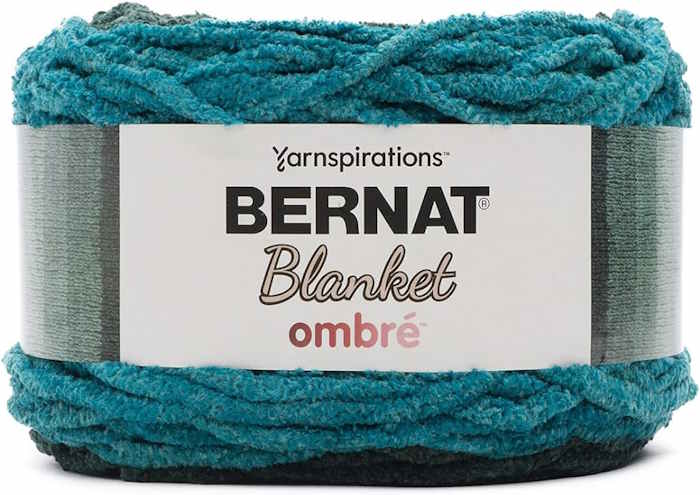
Bernat Handicrafter Cotton Big Ball Stoneware Ombre Yarn
- CYC #4
- 100% Cotton
- 340g/12 oz
- 556m/608 yds
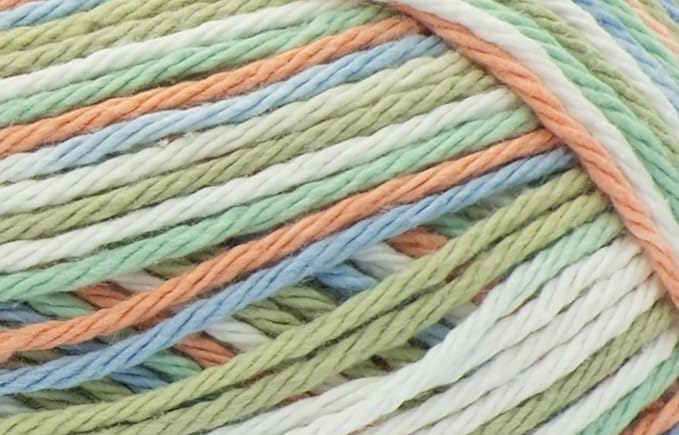
Ombré-Encore Super Soft Thick Variegated Yarn
- CYC #5 Bulky
- 100% acrylic (1 ply)
- 169 yards/140g
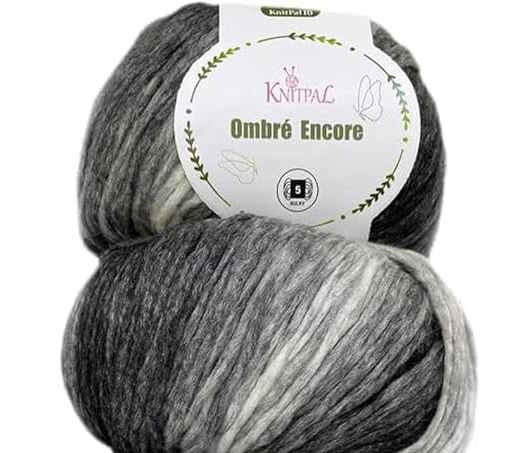
Ombré Market Bag Free Crochet Pattern
If you want to give Ombre yarn a go, here is a free crochet pattern that works up quickly and gives you the full effect of. Ombre yarn. Using only linked half double crochet and single crochet stitches, this is a perfect beginner-friendly 1-skein project.
Get Free Pattern
Conclusion
Ombré yarn offers endless possibilities for creating stunning, one-of-a-kind, knitted, crocheted projects.
By understanding Ombré yarn and how to use it effectively, you can incorporate this trendy and visually appealing yarn into your next project, adding a modern and eye-catching element to your handmade creations.

